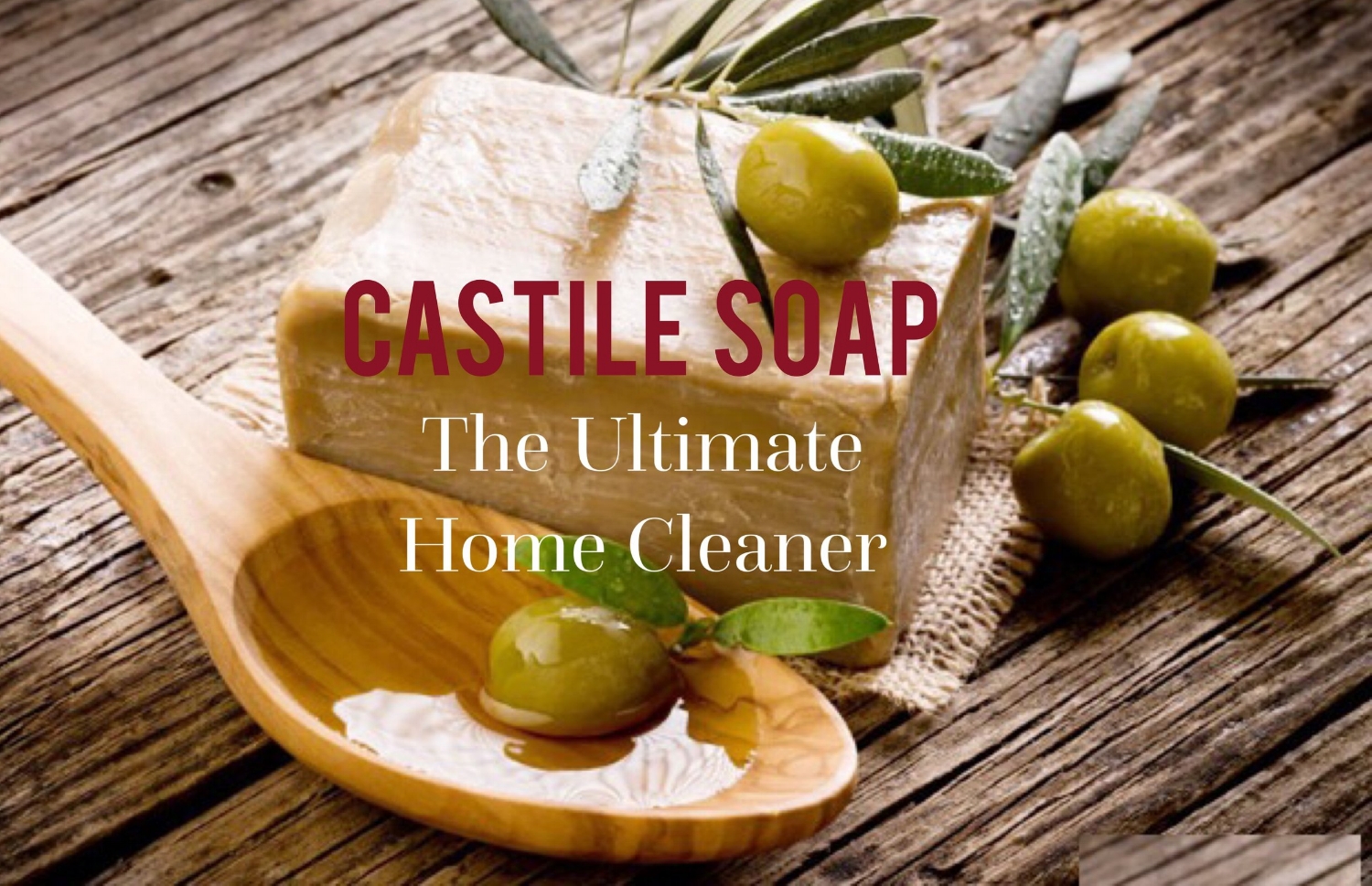Castile Soap - Natural Home Cleaner
What is Castile Soap
Castile soap is one of the best biodegradable soaps that is 100% plant-based, made with pure, all-natural, chemical-free ingredients. Dating to the 12th century, Castile soap was originally made with olive oil in the Spanish city of Castile. Most Castile soap today is a blend of olive oil, coconut oil, hemp oil, or any other commonly used vegetable oil. Castile soap does not lose potency with time, and it can be made as either hard bar soap or liquid soap.
Like most soaps, which are on the alkaline side of the pH scale, Castile soap registers at about 8.9 on the pH scale. This is around the same level as baking soda and slightly more alkaline than mild dish soap, although less alkaline than bleach or corrosive tile cleaners.
How does Castile Soap Work?
Generally speaking, soap molecules (Castile soap molecules included) have one end that is attracted to water and another that avoids it. When soap is combined with water, it creates free-floating charged atoms that attract and capture dirt and other types of non-water-soluble molecules. This grease-grabbing quality makes Castile soap useful on slick oven hoods, greasy pots and pans, bathtubs, countertops, floors etc. Because Castile soap is biodegradable and nontoxic, it's safe to use on pets and around kids.
History of Castile Soap
Probably the most popular maker of Castile soap is Dr. Bronner. His parents began this successful business manufacturing the soaps in the basement of the Heilbronner home in the Jewish quarter of Laupheim, Germany. Around the 1880s, the Heilbronners innovated the first liquid Castile soap, supplying public washrooms across Germany.
Dr. Bronner that we know on the label today eventually made way to the U.S., where he continued the family business, ultimately founding Dr. Bronner in the 1940s. Though Dr. Bronner died in 1997, Dr. Bronner’s, the company, became the largest personal care company to be certified under the USDA National Organic Program, with bar and liquid soaps being certified by the highly reputable certifier Oregon Tilth.
Castile soap has been around for a very long time and was created just following the popular Aleppo, which is quite possibly one of the most important soaps and household cleaning products ever made. An all-natural chemical-free soap, Aleppo was made from mixing oil from laurel (bay) trees with olive oil and soda. This is where Castile got its inspiration. It is one of the most popular European soaps today and has gained a ton of popularity in the U.S., found in health food stores and some supermarkets today.
Soap became a critical part of revolutionizing public sanitation and personal hygiene in Europe, especially with the prevention of spreading diseases. Initially, production of European soap was localized to the Mediterranean area, which slowly started spreading with the arrival of Muslim soap makers to Spain and Italy during the 12th century. This popular new creation enabled Spanish cities of Malaga, Carthagene, Castile, Alicante, and Italian cities of Savone, Genoa, Naples, Bologna and Venice to become soap export centres of all of Europe. Among all those early European-made soaps, one managed to distinguish itself by its high quality and ability to clean better than others. This was Castile soap.
Castile soap managed to establish such popularity because the Spanish city of Castile had an abundance of olive oil, which was a crucial ingredient used in the production of this high-quality soap. While the original recipe for Aleppo soap required laurel oil, this type of oil was in short supply; however, the city of Castile had easy access to olive oil, and that enabled the creation of a pure white soap that was very mild and effective. The whiteness was seen as purity, which made it very popular with Spanish royalty. As centuries went by, Castile soap began to make it’s way all over Europe, entering the British market during the mid-1500s by sea.

